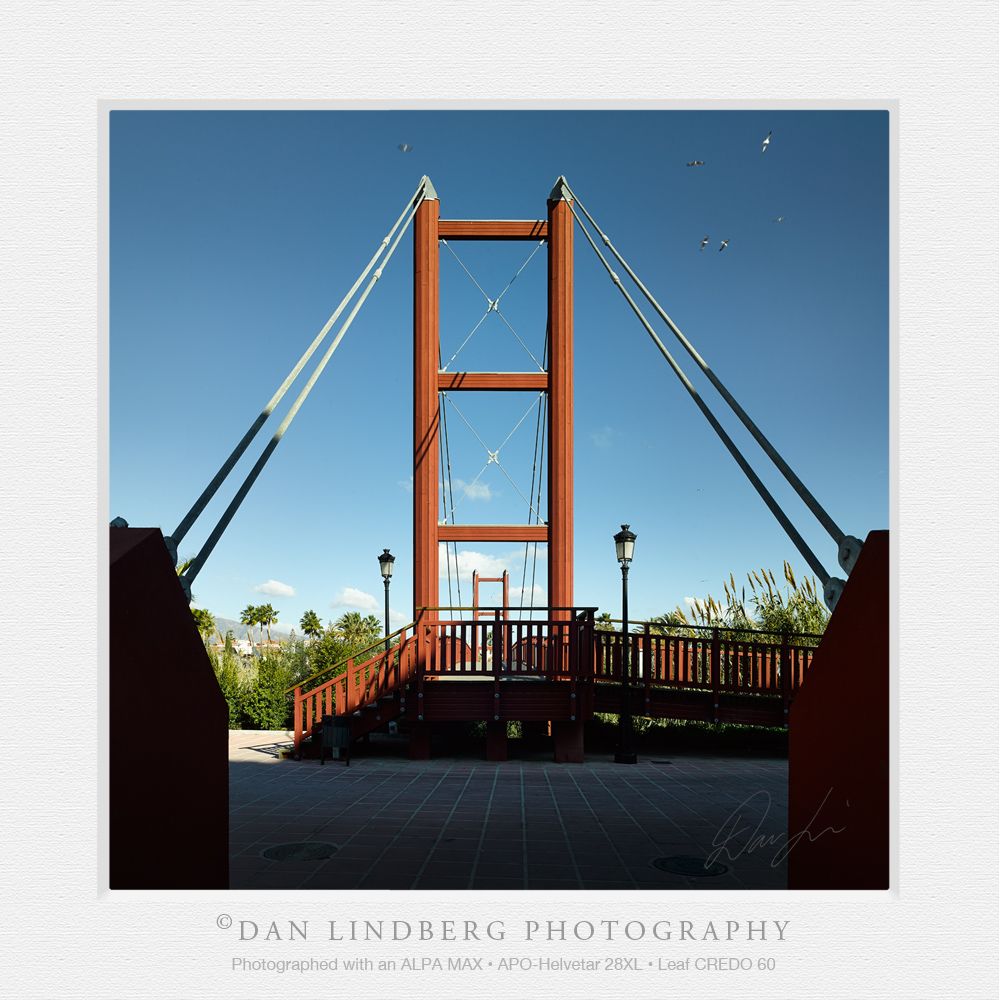Hi everyone,
I consider upgrading from my almost ancient Leaf Aptus 75S to a more recent Leaf Credo 40 or 60. Pixel count is not much of an issue here, the current 33MP are just fine 95% of the time.The main reason for switching is in-camera live view, which would redeem me from shooting tethered with a 11" macbook air (I shoot architecture almost exclusively).
My main lens now is my beloved SK 35/5.6 Digitar with centerfilter (we get along really well after some midterm difficulties and seeing a couples therapist ). So, if possible, I would like to keep that lens with the Credo 40 or 60, since the sensor dimensions are only 10% shorter (with the 44x33mm Credo 40 sensor) or 10% longer (with the 40x53mm Credo 60), and I think I can live with the slightly more narrow/wide FOV.
). So, if possible, I would like to keep that lens with the Credo 40 or 60, since the sensor dimensions are only 10% shorter (with the 44x33mm Credo 40 sensor) or 10% longer (with the 40x53mm Credo 60), and I think I can live with the slightly more narrow/wide FOV.
The (very helpful!) "Tech Camera Overview" on digitaltransitions.com (https://www.digitaltransitions.com/page/tech-camera-overview) list the SK 35/5.6 lens as "compatible" with <40MP backs and as "limited compatible" with 60MP backs.
So, I would be really glad to get some input from you knowleagable folks about what this means in reality. I routinely do 15-20mm shifts/rises with the Aptus 75S and the SK 35 without any color shift issues (and giving a damn about the slightly soft corners, as the therapist suggested). The LCC routines in Capture One 7.x work just great for me.
Would that change with the Credo 60 (which, I presume, has the same sensor as the IQ 160)? Would I get colr shift issues that can not be corrected in C1 with LCCs?
Also, why wouldn't the Credo 40/IQ 140 show the same issues then, since they both utilize 6 micron sensors? Does the 60 have microlenses and the 40 not (it used to be the other way round back in Kodak sensor times )?
)?
What's more, I have the same question for the not-so-expensive SK 28/5.6 Super-Digitar XL, which would be a great 23HR replacement with the larger Credo 60 back...
Sorry for the long post, I really hope to get some valuable info from you, thanks in advance!
Gebhard
I consider upgrading from my almost ancient Leaf Aptus 75S to a more recent Leaf Credo 40 or 60. Pixel count is not much of an issue here, the current 33MP are just fine 95% of the time.The main reason for switching is in-camera live view, which would redeem me from shooting tethered with a 11" macbook air (I shoot architecture almost exclusively).
My main lens now is my beloved SK 35/5.6 Digitar with centerfilter (we get along really well after some midterm difficulties and seeing a couples therapist
The (very helpful!) "Tech Camera Overview" on digitaltransitions.com (https://www.digitaltransitions.com/page/tech-camera-overview) list the SK 35/5.6 lens as "compatible" with <40MP backs and as "limited compatible" with 60MP backs.
So, I would be really glad to get some input from you knowleagable folks about what this means in reality. I routinely do 15-20mm shifts/rises with the Aptus 75S and the SK 35 without any color shift issues (and giving a damn about the slightly soft corners, as the therapist suggested). The LCC routines in Capture One 7.x work just great for me.
Would that change with the Credo 60 (which, I presume, has the same sensor as the IQ 160)? Would I get colr shift issues that can not be corrected in C1 with LCCs?
Also, why wouldn't the Credo 40/IQ 140 show the same issues then, since they both utilize 6 micron sensors? Does the 60 have microlenses and the 40 not (it used to be the other way round back in Kodak sensor times
What's more, I have the same question for the not-so-expensive SK 28/5.6 Super-Digitar XL, which would be a great 23HR replacement with the larger Credo 60 back...
Sorry for the long post, I really hope to get some valuable info from you, thanks in advance!
Gebhard

